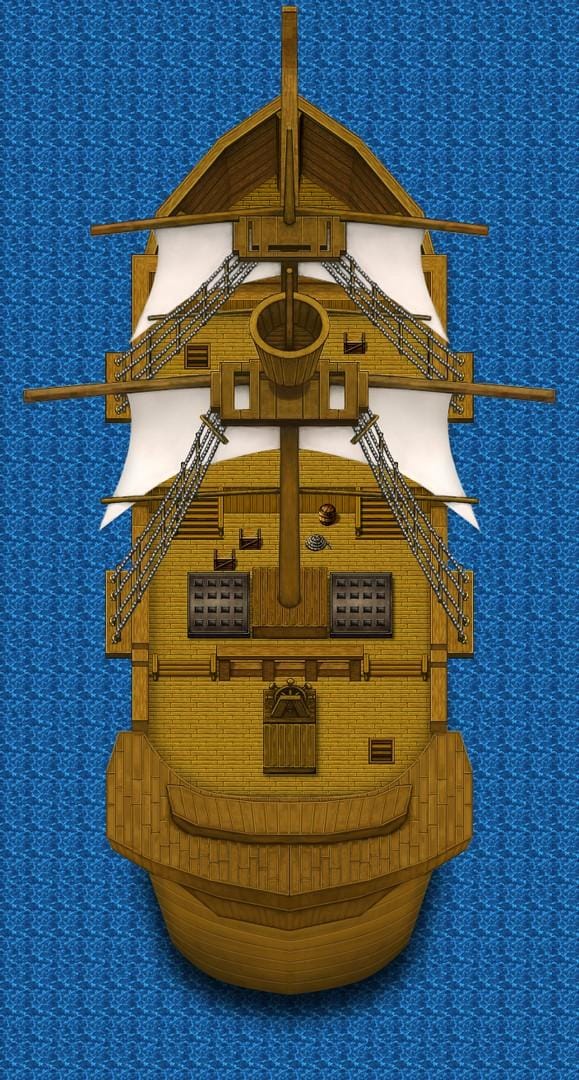

It will also warn me that this isn’t the most current version I have in source control. TortoiseHg’s Graph will now show that my Working Directory (that is, the current version of the project on disk) is built off of the files in my first commit. When I Update, I’m going to close and re-open RPG Maker to reload my project–it doesn’t know that TortoiseHg updated my files on disk. (I might want to do this if, for example, I broke something in the Script Editor and couldn’t fix it.)
#Rpg maker vx ace update
I can also right-click on a commit and Update to it, reverting my project folder to the state it was in when I committed that snapshot.

When I click on each commit, I can see which files changed. My newest commit, with the message "Changed the map," is the tip (that is, the latest commit) in the default branch (because I could technically commit multiple versions side-by-side). Once I commit, I’ll see two commits in the panel above. rvdata2 files are binary–whatever I commit is all-or-nothing. Game.ini is a text file, so I’ll see my changes, but the. You’ll see that three files have changed ("M" for modified): Map001.rvdata2, System.rvdata2, and Game.ini. I’d save my project in RPG Maker VX Ace, and then go back to TortoiseHg Workbench and refresh my files. Let’s say that I’ve hit a stopping point, and want to make another snapshot of my work. So, for example, I might add an island to the default ocean map: If you’re backing your work up to an online service like Bitbucket or Github, you’d push your commit at this point. Once that’s done, commit your project to the repository: (Likewise, they won’t remove them from the repository unless you explicitly say to "remove" them.) Mercurial (and most other source control systems) assume you don’t want any files tracked unless you explicitly say to "add" them.
#Rpg maker vx ace windows
This is sort of the long way around–I could simply point you to the button that will fix this issue–but I think it’s helpful to understand what’s going on behind the scenes here.įind your project directory in Windows Explorer, right-click, and go to "Create Repository Here":Ĭreate the repository, and then in the TortoiseHg workbench, mark all files in the project (except Game.exe, which is the built game) as added to the repository. (Using Git is similar, although the terminology is different.) Let’s walk through setting up a new RPG Maker VX Ace project in Mercurial using TortoiseHg. However, there’s one easy-to-miss configuration setting that will prevent you from actually being able to do this. The point of using source control is that, if you screw something up, you can easily rewind your project to a working backup. There’s no way to merge changes within the same file, so one of you will lose your changes. You can use source control for collaboration, but you’ll need to coordinate your saves and updates carefully, ensuring you’re never working on the same files at the same time. (MV uses text files, so it’s more source control-friendly.) VX Ace stores its data binary rather than text files, so these assumptions are both right out the window.

you’re working side-by-side with other users, and you’ll periodically need to merge your work (which, again, you can only safely do with text data).you’re storing text files, such as source code, which can be compared in a meaningful, human-readable way (as opposed to binary files like images, which you can’t easily compare).Most source or version control systems are built with two assumptions: What I neglected to mention is there’s two big, easy-to-forget gotchas with this setup. This post will make a lot more sense once you do.) (First, you’ll want to read a tutorial about how your chosen source control system works, such as for Mercurial.


 0 kommentar(er)
0 kommentar(er)
